On an April morning in 1999, two teenagers, Eric Harris and Dylan Klebold, walked into Columbine High School in Colorado and murdered 12 fellow students and a teacher, wounded many others, then turned their guns on themselves. Among the many questions fired at Klebold’s stunned parents in the wake of this appalling event, two were especially hard for them to hear.
Already a subscriber? Log in
Subscribe for just $2 a week
Try a month of The Spectator Australia absolutely free and without commitment. Not only that but – if you choose to continue – you’ll pay just $2 a week for your first year.
- Unlimited access to spectator.com.au and app
- The weekly edition on the Spectator Australia app
- Spectator podcasts and newsletters
- Full access to spectator.co.uk
Unlock this article
Available from the Spectator Bookshop, £16.99 Tel: 08430 600033. Julie Myerson has written eight novels; her latest, The Stopped Heart, came out last month.
You might disagree with half of it, but you’ll enjoy reading all of it. Try your first month for free, then just $2 a week for the remainder of your first year.

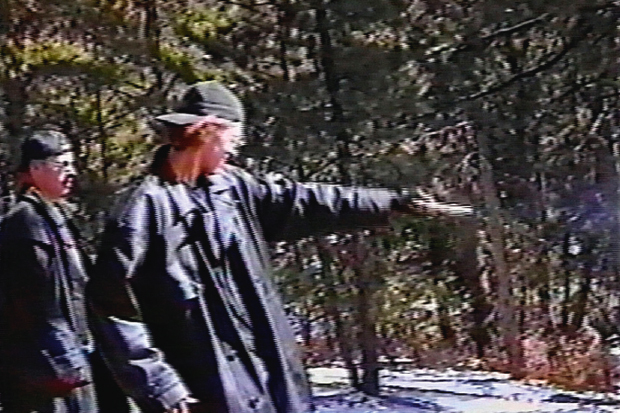
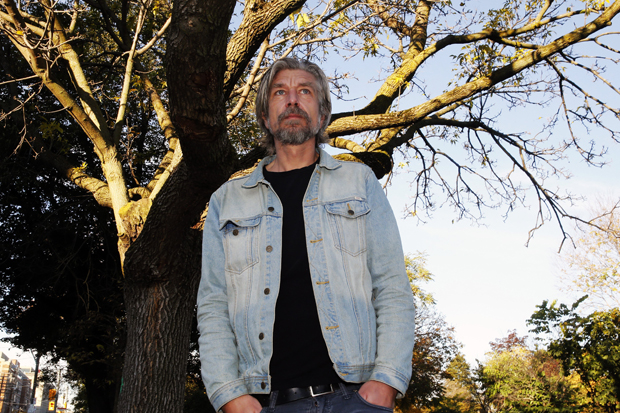
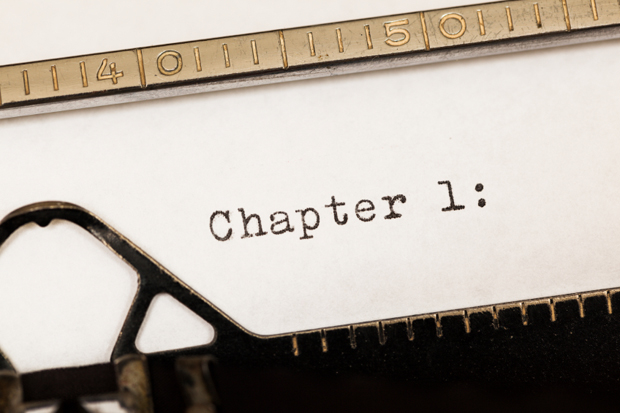
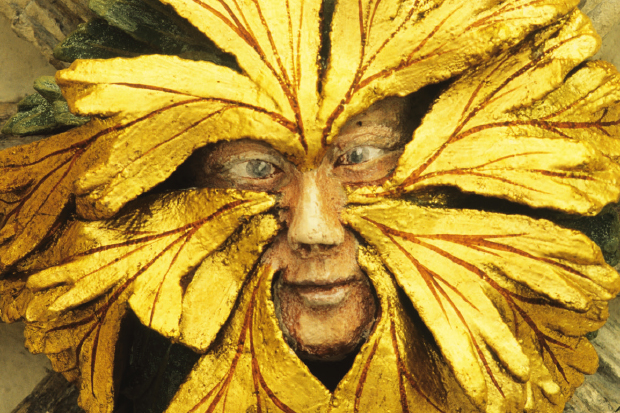
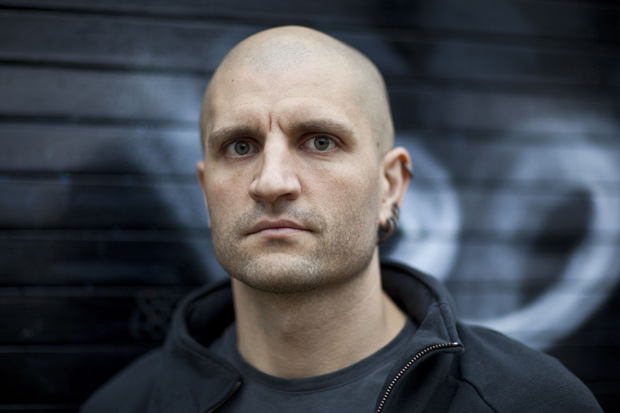

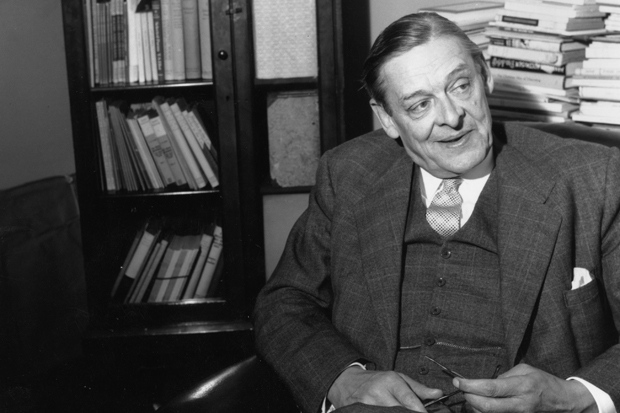






Comments
Don't miss out
Join the conversation with other Spectator Australia readers. Subscribe to leave a comment.
SUBSCRIBEAlready a subscriber? Log in